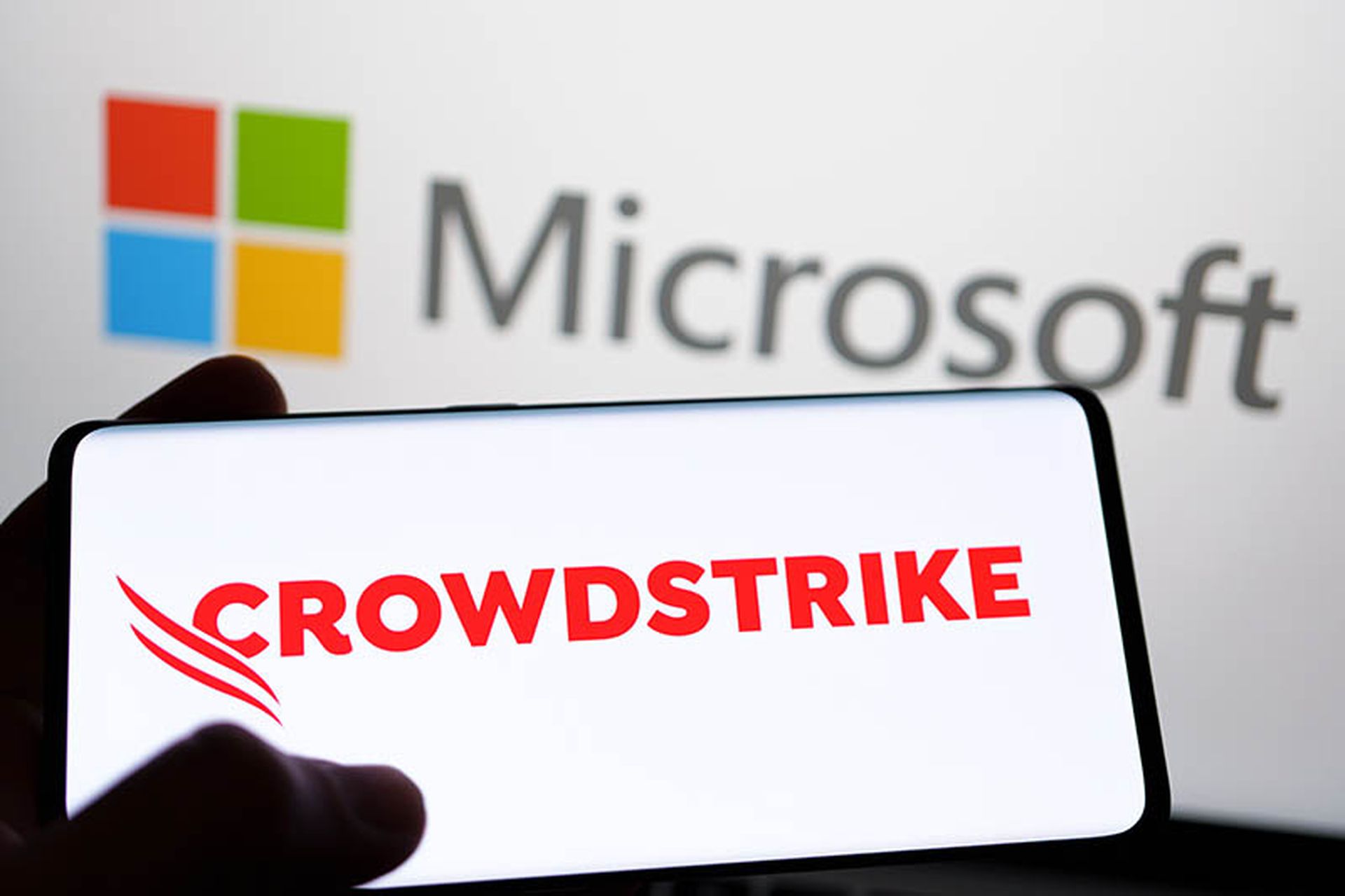If you're an MSP (managed services provider) easing your way into the public cloud service market, it's time to move faster -- and introduce multi-cloud management services, particularly across both Amazon Web Services (AWS) and Microsoft Azure.
The evidence: Fully 58 percent of companies actively use at least two of the big three cloud services (AWS, Microsoft Azure, Google Cloud), according to Kentik’s survey of 310 cloud pros attending the 2018 AWS re: Invent conference. Kentik’s report, entitled AWS Cloud Adoption, Visibility & Management, examines challenges for cloud management, monitoring, visibility and cost control.
For MSPs, the bottom line looks clear: It's no longer safe to bet on just one cloud. Quite the opposite, the multi-cloud management opportunity looks too good to pass up -- assuming you have the staff, budget and resources to ramp up support and expertise across more than one CSP's system.
Multi-cloud is more common than hybrid-cloud
Nearly 60% of respondents indicated they are actively using more than one of the big-three cloud service providers (AWS, Azure, Google Cloud). Some 40% actively use two cloud service providers and 18% use all three. Only 33% of respondents reported using hybrid-cloud, with at least one cloud service provider as well as some type of traditional infrastructure (company-owned or co-location / third-party data centers).
Also of note:
- AWS + Microsoft Azure a common combo: 97% of survey respondents reported that their organization actively uses AWS. However, 35% of respondents said their organization also actively uses Azure, and 24% reported using both AWS and Google Cloud Platform.
- Cloud management is the biggest challenge: Roughly 30% of the respondents said their biggest cloud management challenge is cost management, with security next at 22% of responses.
- Multiple monitoring tools: While 54% reported having a cloud monitoring tool for visibility into their cloud applications, log management (48%), application performance management (40%), open source tools (34%), and network performance management (25%), are also being used.
- Cloud visibility: Nearly 60% of respondents are using at least two tools for visibility into their cloud applications. About 35% of respondents use three or more tools for cloud visibility.
- AWS spending analysis: 10% of respondents said that their organization still uses spreadsheets to manually track AWS spend. Some 56% of respondents use built-in tools within AWS (e.g. CloudWatch) to track and manage cloud services costs. Another 30% use third-party commercial tools.
- Virtual private cloud (VPC) flow logs adoption: While VPC flow logs have been available as a way for organizations to gain more granular, real-time cloud visibility, adoption ranges widely. Roughly one-third indicated they are actively using VPC flow bogs and 37% know nothing about them.
"We've reached the point where cloud providers have proven effective as an alternative to the huge overhead of building, maintaining and upgrading physical infrastructure,” said Jim Frey, vice president of strategic alliances at Kentik. “But at the same time, the rapid expansion of public cloud use, as well as multi-cloud, hybrid cloud, and cloud-native environments, has created new challenges for visibility and cost control," he said.
Look here to download the report.





